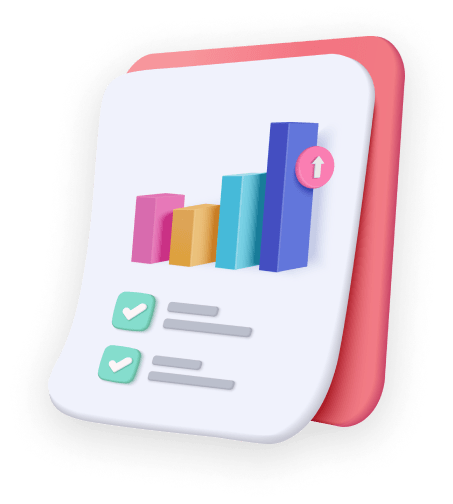Digital SAT Pilot Test: An Interview with Students
Learn about what students experienced on digital SAT pilot test day, including technical issues they faced, tips for success & why they preferred this testing format over traditional paper and pencil tests

As we welcome the digital age with open arms, it’s no surprise that the educational space is no exception. With the inevitable shift to digital learning formats, tests like the SAT have followed suit, paving the way to a technologically advanced future. However, this shift hasn't been a cakewalk for students.
To help you better understand what the Digital SAT experience was like, we partnered up with four students: Suin, Seongmo, Varnan, and Carissa. Sitting down with them, we were able to get an inside scoop on what they experienced during the Digital SAT test in January and March. From the moment they walked past the gate to technical difficulties, here's what they had to say:

Start preparing for theDigital SAT today
Take a 15 minute test and get yourAnalytics Report!
January Pilot Test
During the January pilot test, students witnessed a glitch in the Bluebook app, which resulted in the internet shutting down as they entered the lockdown mode which blocks students’ access to other programs, apps, or features of a device. As a result, around 10 students were kicked out of the test in a classroom of approximately 20. While there were a few technical difficulties, some students found that the Digital version of the test was easier to comprehend and less difficult than the practice tests.
March Test Day
On the day of the test, students were required to arrive at the school no later than 7:30 am. With the assistance of their IDs, the proctors assigned them to their designated classrooms and seats. Subsequently, the students were instructed to surrender all of their electronic devices to minimize the risk of cheating. Only the testing device was permitted, and students were required to place a sticky note on their watches and phones for easy retrieval later on. Additionally, a brief inspection was conducted prior to the commencement of the test to ensure that students did not possess any prohibited items or accessories.
Each test room accommodated around 10-14 students, each closely monitored by a single proctor. Every student received three pieces of scratch paper, which had to be returned upon completion of the test. In fact, any tearing of the paper, whether accidental or intentional, resulted in severe consequences, including a test-taking ban. It was mandatory for students to use a pencil, rather than a pen, when working on the scratch paper.
Despite the preparations made, a few technical difficulties persisted, resulting in some students encountering a non-functional freeze-mode upon launching the Bluebook app. It took some time to rectify the issues, but eventually, the problems were resolved.
In general, students were permitted to take breaks for bathroom visits, water breaks, and to utilize any remaining time after completing the test. Once the allotted time elapsed, students submitted their scratch paper, reclaimed their phones, and exited the classroom. Even during a timed section, students were allowed to leave for emergency restroom visits, with their screens blacked out, while the timer continued to run.
After The Test
Students had mixed responses to their results. Suin received her results 3-4 weeks after taking the test, whereas Carissa received hers by the second week. Some students found similarities in individual questions between the Bluebook practice tests and the actual test.
Test Content
The Reading and Writing section of the test proved to be a bit finicky for some students, as the phrasing of the questions was varied for different students, and questions were ordered differently for others. However, the harder module in the Math section was much more difficult than the Bluebook practice tests which threw them off balance.
Tips/Know-Hows
We asked our guests what tips they would offer to anyone taking the Digital SAT in the future. They emphasized the importance of staying calm, practicing on the computer, and getting familiar with the actual testing experience.
How to Best Prepare for the Digital SATOverall Experience
The Digital SAT test had its pros and cons, but the general consensus was that students preferred the Digital format over the paper one. While there were a few technical issues, the testing experience was not significantly affected, and the testing environment was comfortable and calm. So, for anyone preparing to take this Digital test, take a deep breath, sharpen your pencils, and embrace all the technological advancements to come!
Let R. test set a smart path for you! Discover your strengths and weaknesses with R. test Let R. test set a smart path for you! Discover your strengths and weaknesses with R. test